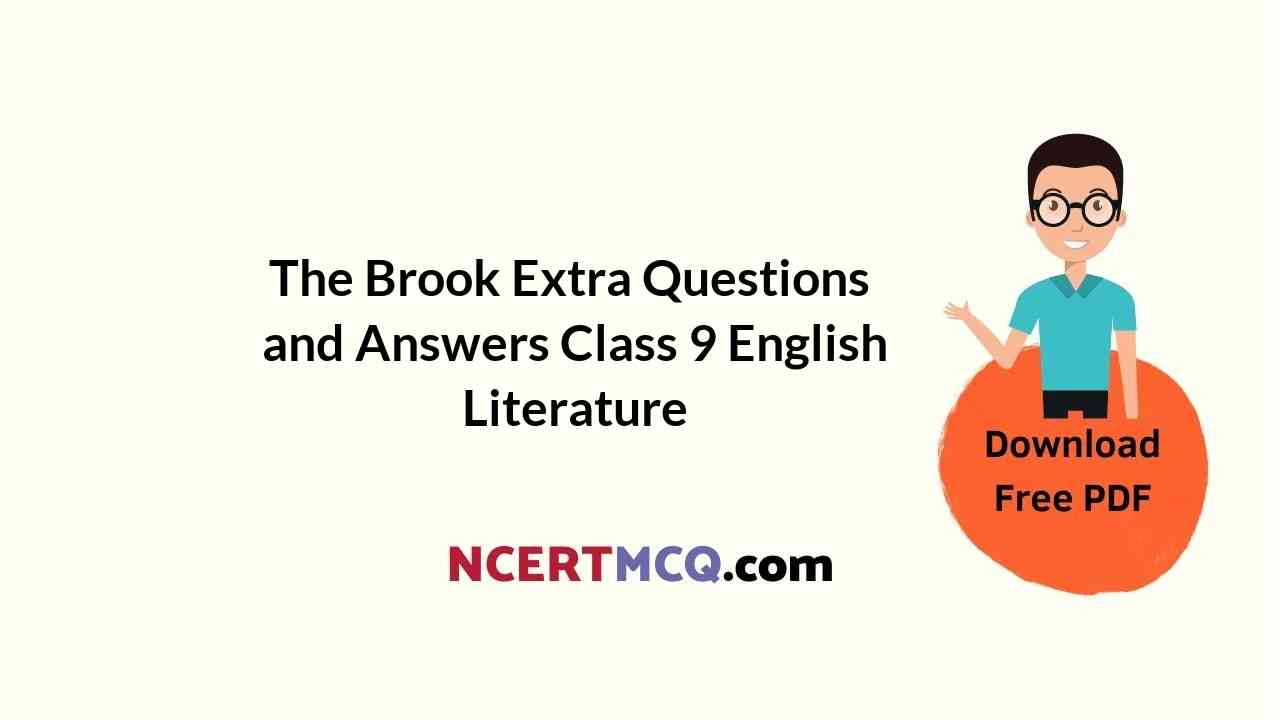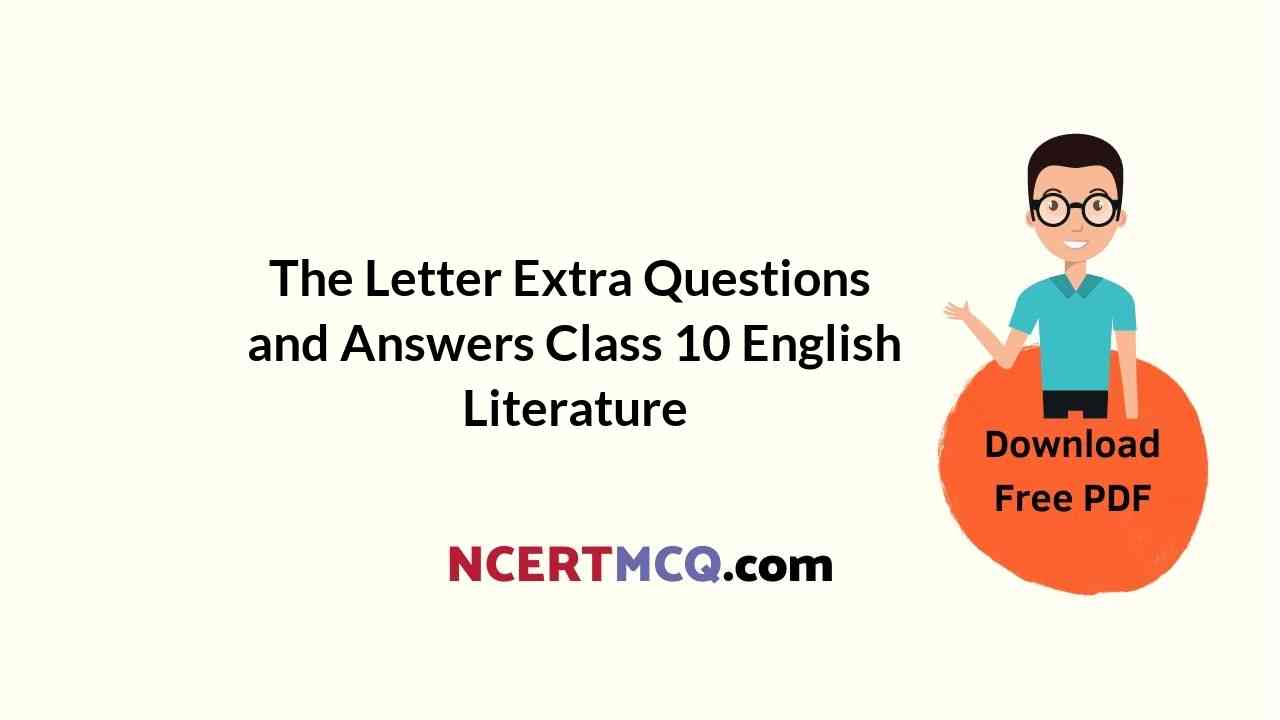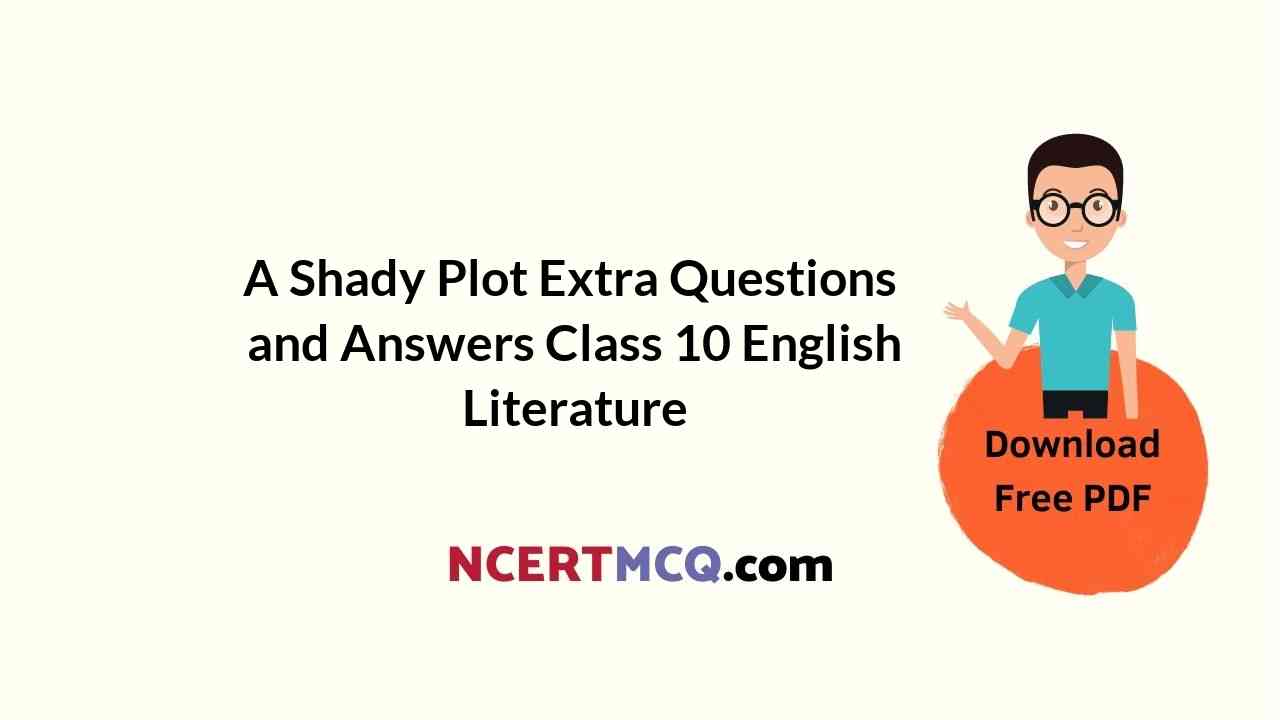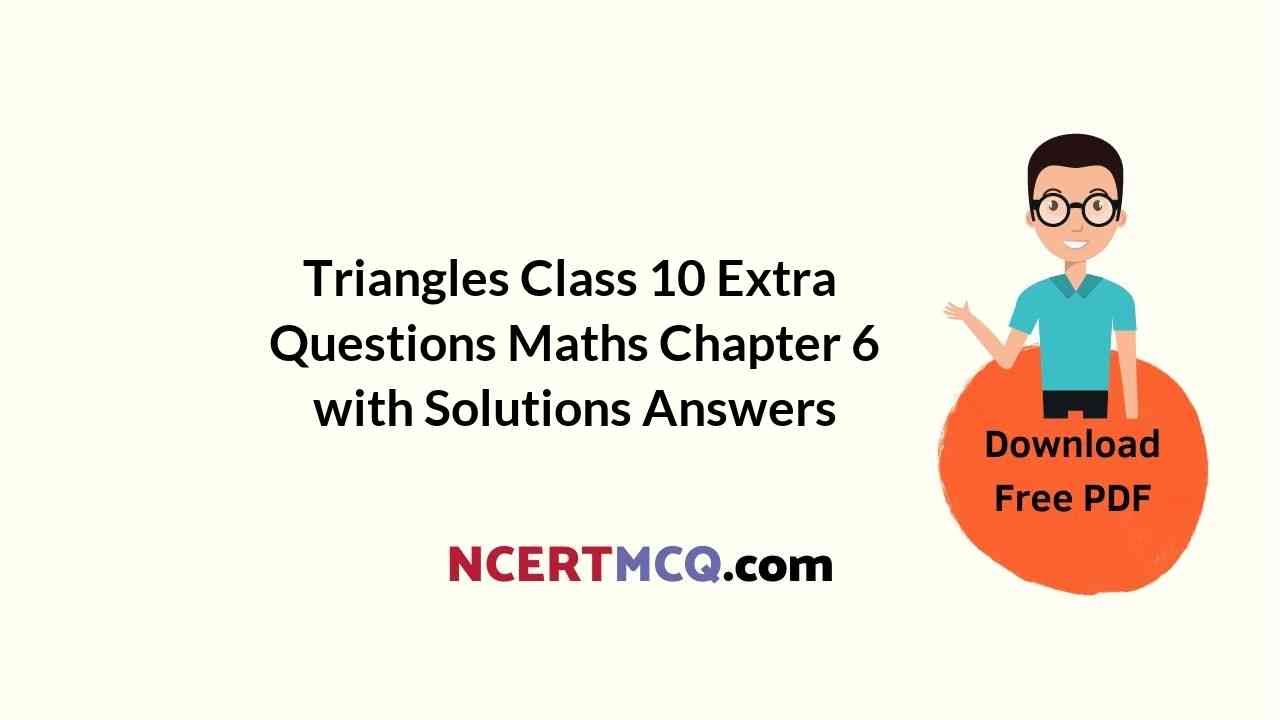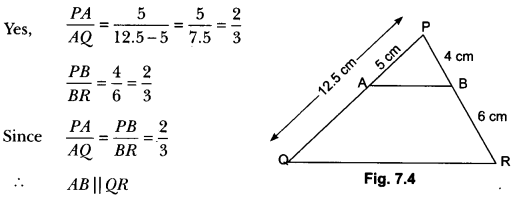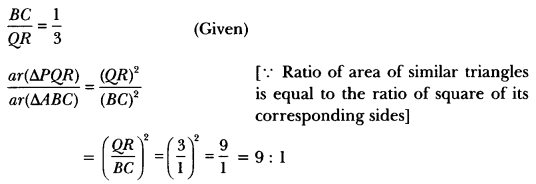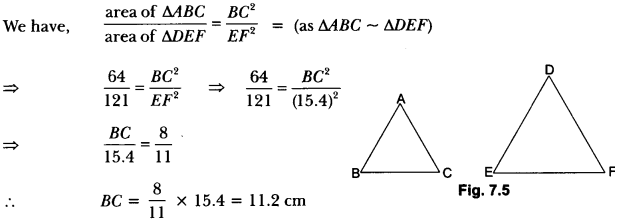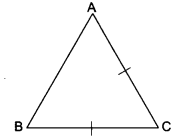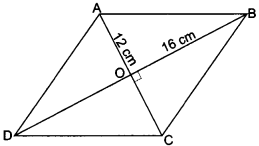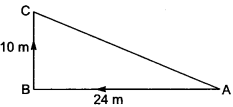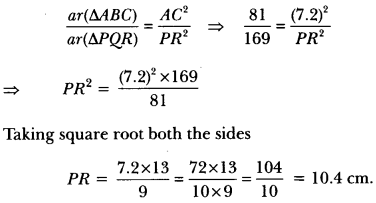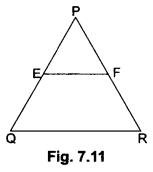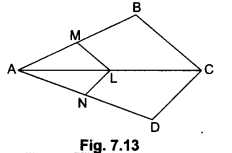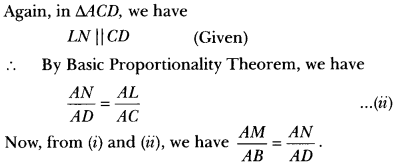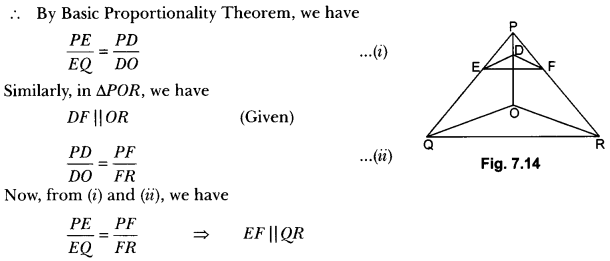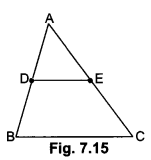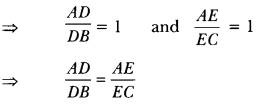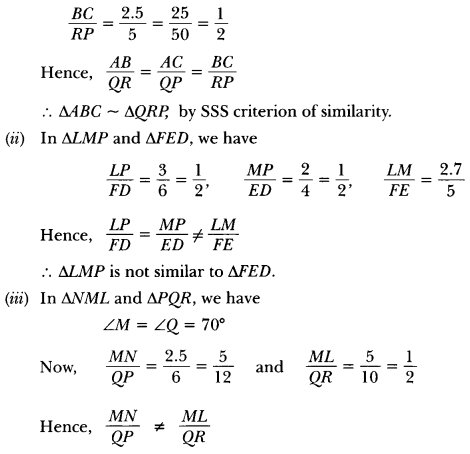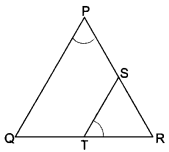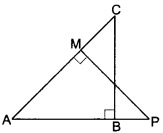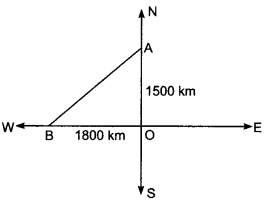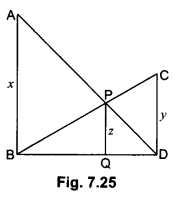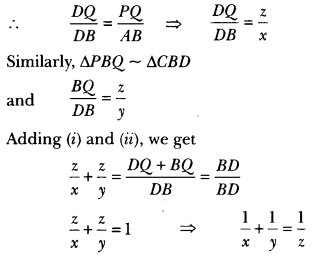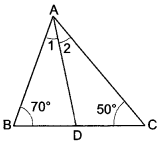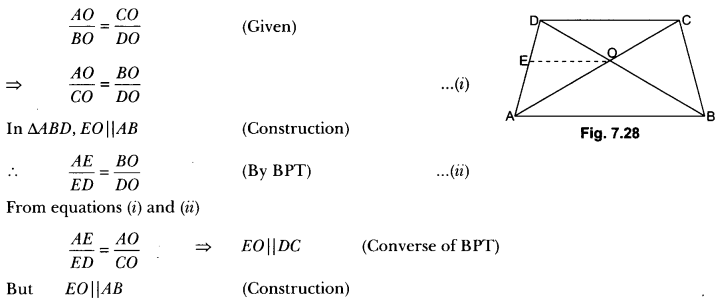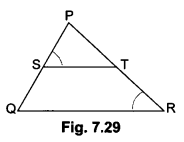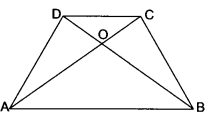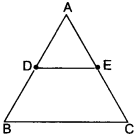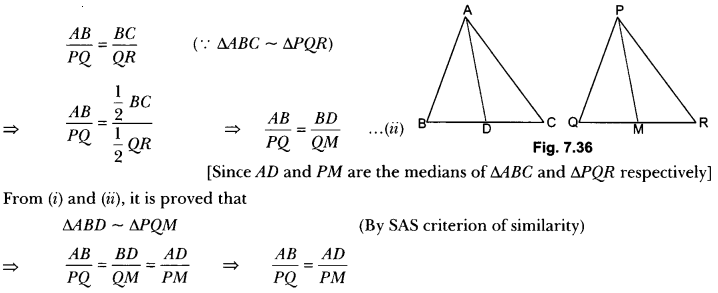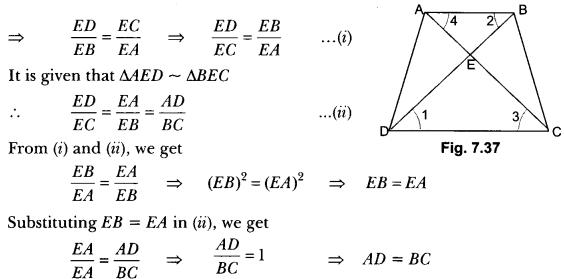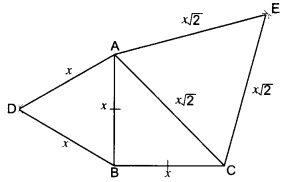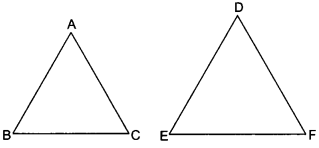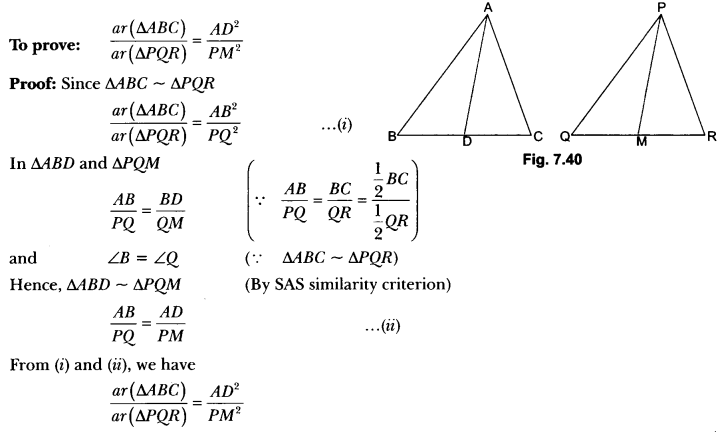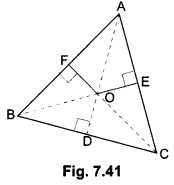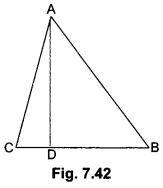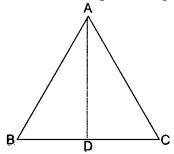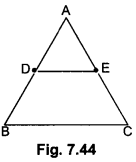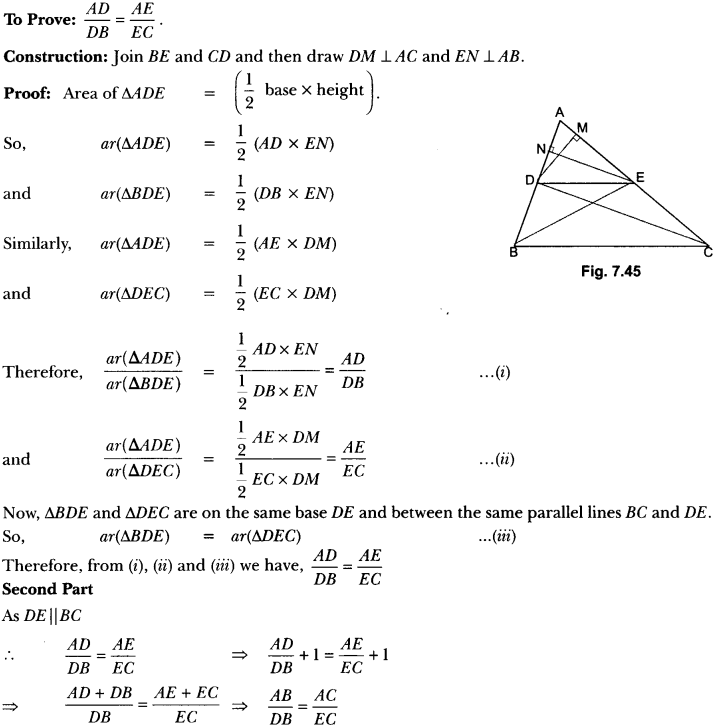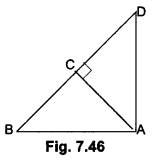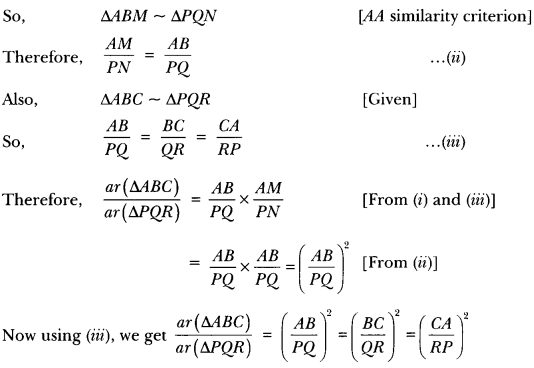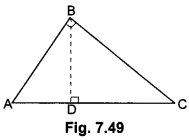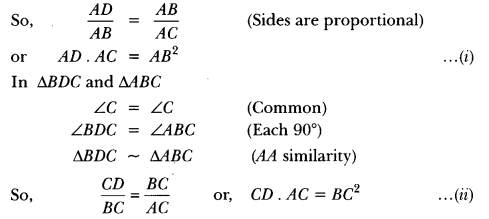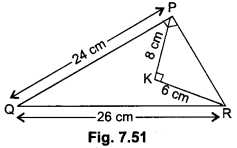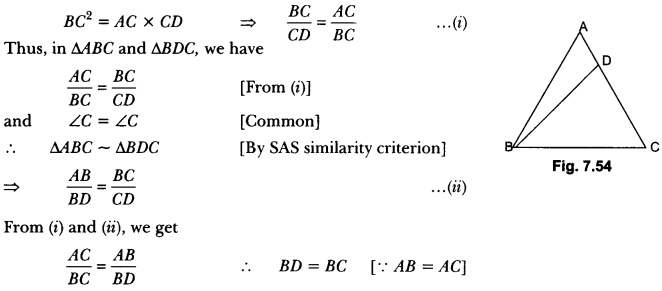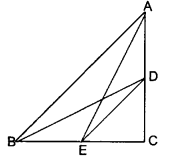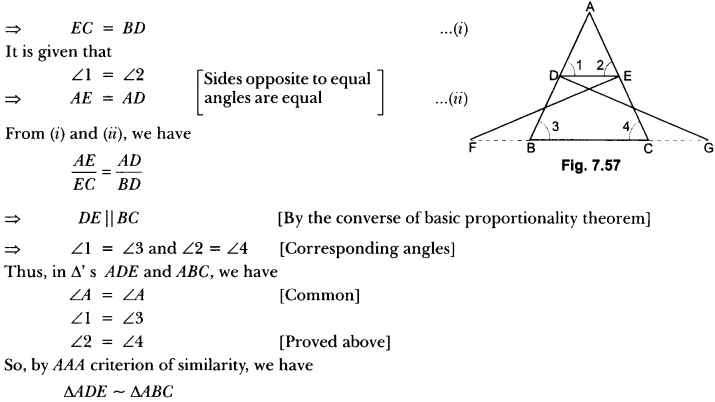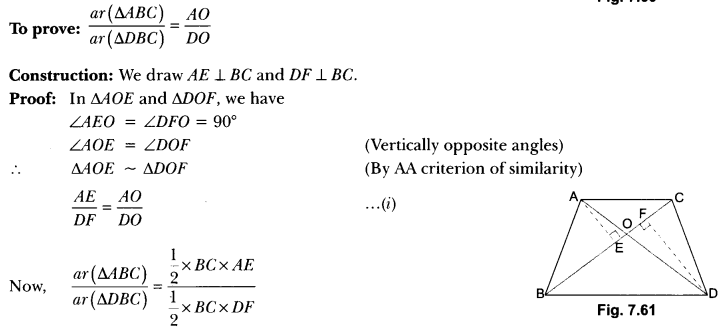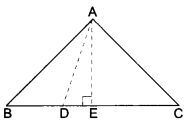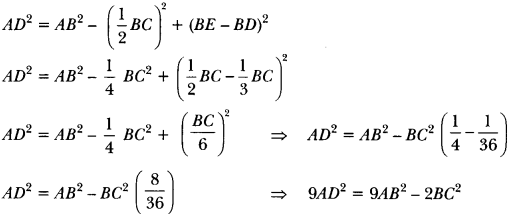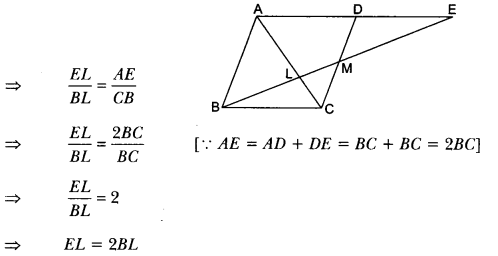Here we are providing Lord Ullin’s Daughter Extra Questions and Answers Class 9 English Literature Reader, Extra Questions for Class 9 English was designed by subject expert teachers. https://ncertmcq.com/extra-questions-for-class-9-english/
Lord Ullin’s Daughter Extra Questions and Answers Class 9 English Literature
Lord Ullin’s Daughter Extra Questions and Answers Short Answer Type
Answer the following questions briefly.
Lord Ullin’s Daughter Question Answers Question 1.
Why is Lord Ullin’s daughter ready to brave the tempest that rages over the lake?
Answer:
Lord Ullin’s daughter had run away from her father who did not want her to marry her lover. They were now being pursued by Lord Ullin and his men and so they were desperate to go across before they arrived at the shore. She knew that if her father’s men caught them, they’d kill her lover.
Lord Ullin’s Daughter Poem Questions And Answers Question 2.
Why is the boatman initially hesitant to row the lovers across the lake? Why does he agree to ferry them over?
Answer:
The weather was stormy and it was dangerous to cross the Loch just then. Therefore, the boatman did not want to cross the Loch. He agreed to ferry them over only after Lord Ullin’s daughter pleaded with him to do so.
Lord Ullin’s Daughter Question Answers Class 9 Question 3.
How does the narrator build an atmosphere of doom?
Answer:
An atmosphere of doom is built by mentioning that it was a dark and stormy night and there was a violent storm with the wind roaring loudly. There is also the description of the water-wraith or the spirit of the lake crying or lamenting at the imminent death of the lovers.
Lord Ullin’s Daughter Question Answers Pdf Question 4.
“The water-wraith was shrieking.” Explain the symbolism in this line. Is it symbolic of what happens at the end?
Answer:
The water-wraith is the spirit of the lake. Due to the storm, the water is turbulent and noisy. By saying it , seemed to be crying or lamenting, the poet prepares the reader for what is about to happen. The spirit of the lake seems to be lamenting at the imminent death of the lovers.
Lord Ullin’s Daughter Poem Questions And Answers Class 9 Question 5
Explain the line: “And in the scowl of heaven each face grew dark as they were speaking.”
Answer:
As the lovers were speaking to the boatman, the wind grew stronger and the storm became more violent. The sky was covered with dark clouds. The faces of the three people appeared indistinguishable in the dark.
Lord Ullin’s Daughter Questions And Answers Question 6.
The poet uses words like “adown” and “rode” with harsh consonants. Why does lie do so?
Answer:
The harsh consonants create fear. They highlight the raging fury around the lovers—the fury of man (Lord Ullin arid his men) and of nature (the raging storm).
Question 7.
What does the repetition of the words in the following lines show: “Come back! Come back!”/“My daughter!—O my daughter!”?
Answer:
The repetition of the words in the given lines expresses the repeated appeals of the grief- stricken father, Lord Ullin, asking his daughter to return to the shore as he helplessly sees her drown before his eyes.
Question 8.
What does the boatman say to assure the lovers?
Answer:
The boatman tells them that he would take therp across the Loch even though the weather was stormy and it was not safe for them to cross it.
Question 9.
Explain the line: “Though tempests round us gather;/I’ll meet the raging of the skies,/ But not an ‘ angry father.”
Answer:
The speaker of the above lines is Lord Ullin’s daughter. She says this because she is very afraid of being separated from her beloved if the armed men catch up as they are sure to kill her lover, the Chieftain. So she cries and tells the boatman to hurry and row the boat faster. She says she prefers to face the dangers of the storm than her angry father, because her father would surely kill her lover and separate” them.
Lord Ullin’s Daughter Extra Questions and Answers Long Answer Type
Question 1.
There are a lot of imageries in the poem. Describe how these imageries affect the poem as a whole.
(Encourage the students to think creatively and formulate their own answers.)
Answer:
Some of the imageries that are in this poem are waves are raging white, water wraith was shrieking, raging of the skies, stormy land. These imageries portray not only the turmoil that surrounds the scene of the flight of the two lovers but it also signifies the turmoil within their hearts and minds.
It also functions as a premonition of what is about to happen. There are a lot of aggressive imageries signifying the anger of Lord Ullin who is in hot pursuit of the two lovers. These imageries provide visual appeal to the poem and helps us to visualize the scene and helps us to understand their plight.
Question 2.
Imagine that you are Lord Ullin. You bemoan and lament the tragic loss of your lovely daughter and curse yourself for having opposed her alliance with the chieftain. Express your feelings of pain and anguish in a letter to your friend.
Answer:
12May20xx
Dear Leno,
I have to convey the tragic news of the death of my daughter. She drowned in Lochgyle last week. I cannot blame anyone but myself. She had wanted to marry the Chief of Ulya’s Isle. But I had opposed her decision because I felt she would find someone better. But it looks like I was terribly wrong. She did not want to marry anyone except the chieftain. In fact both of them eloped last Wednesday and I chased them with some of my men. I was so furious that I was determined to kill the chieftain as soon as I caught up with them.
I had grown blind with anger. I did not realize that they would risk trying to cross the stormy lake rather than facing me and my men. Well, the unimaginable happened. I had to watch my daughter drown while trying to cross the raging waters. I could just look helplessly on!
I suppose I deserve every bit of the pain and suffering that I am facing. After all I am responsible for the death of my beloved daughter!
Your friend,
Lord Ullin.
Lord Ullin’s Daughter Extra Questions and Answers Reference to Context
Read the extracts given below and answer the questions that follow.
Question 1.
“A chieftain, to the Highlands bound,
Cries, ‘Boatman, do not tarry!
And I’ll give thee a silver pound
To row us o’er the ferry! ’—”
(a) Who is the “chieftain” referred to in these lines?
Answer:
The “chieftain” referred to in these lines is the chief of the island of Ulva, the lover of Lord Ullin’s daughter.
(b) Why was the chieftain trying to hurry?
Answer:
The chieftain was trying to hurry because Lord Ullin and his men were pursuing him.
(c) What did he mean by ‘do not tarry’?
Answer:
It means do not take longer that required. The chief of the Isle Ulva is asking the boatman to hurry up.
Question 2.
“Now, who be ye, would cross Loch Gyle,
This dark and stormy weather?’
‘O, I’m the chief of Ulva’s isle, „
And this, Lord Ullin’s daughter.’—”
(a) Who speaks the first two lines? Whom is he speaking to?
Answer:
The boatman speaks the first two lines. He is speaking to the highland chief and Lord Ullin’s daughter.
(b) What does the word Loch mean?
Answer:
The word Loch means lake or a narrow strip of sea in Scottish.
(c) Why do the people wish to cross Lochgyle despite the storm?
Answer:
The people wished to cross Lochgyle despite the storm because, if they did not cross, the man would have been killed by Lord Ullin and his men
Question 3.
“And fast before her father’s men
Three days we’ve fled together,
For should he find us in the glen,
My blood would stain the heather.”
(a) Who is “her”? Who is her father?
Answer:
“Her” is Lord Ullin’s daughter. Her father is Lord Ullin.
(b) For how long had they been running away from Lord Ullin?
Answer:
They had been running away from Lord Ullin for three days.
(c) What does the young chief mean when he says my blood would stain the heather?
Answer:
The young chief meant that he would be killed.
Question 5.
“Out spoke the hardy Highland wight,—
‘I’ll go, my chief—I’m ready:—
It is not for your silver bright;
But for your winsome lady:”
(a) What does “wight” mean? Who is the Highland wight?
Answer:
“Wight” means someone who is skilled in fighting, it refers to the boatman
(b) What does the poet mean by the phrase ‘winsome lady’?
Answer:
winsome lady means beautiful lady.
(c) What conclusion can we draw about the speaker from the above lines.
Answer:
We can conclude that the speaker is romantic and chivalrous and also large-hearted.
Question 6.
“And by my word! the bonny bird
In danger shall not tarry;
So, though the waves are raging white,
I’ll row you o’er the ferry.’—”
(a) What is the “danger” that the speaker mentions?
Answer:
The “danger” that the speaker mentions is that if he gets caught by the soldiers, the man would be killed.
(b) Where do the lovers wish to be ferried and what promise does the boatman make?
Answer:
The lovers wished to be ferried across Lochgyle. The boatman promised to take the lovers across the ferry.
(c) Explain “raging white”.
Answer:
Raging white is used to describe the storm, it means that the storm was fierce.
Question 7.
“By this the storm grew loud apace,
The water-wraith was shrieking;
And in the scowl of heaven each face
Grew dark as they were speaking.”
(a) How did the storm change while the lovers talked to the boatman?
Answer:
The storm grew more violent and the wind roared louder.
(b) What is the literary device used in the line “scowl of heaven”?
Answer:
The literary device used here is personification.
(c) What does the shrieking of “the water-wraith” symbolize?
Answer:
The shrieking of “the water-wraith” symbolizes nature crying at the imminent death of the lovers.
Question 8.
“But still as wilder blew the wind,
And as the night grew drearer,
Adown the glen rode armed men,
Theif trampling sounded nearer.—”
(a) Who are the armed men riding down the glen?
Answer:
The armed men riding down the glen are Lord Ullin and his men.
(b) Why are they riding down the glen?
Answer:
They were riding down the glen in pursuit of the two lovers.
(c) What does the poet mean the night grew drearer?
Answer:
It means that as the storm grew worse, the condition of the people on the boat worsened and the night became more darker and depressing.
Question 9.
“O haste thee, haste! ’ the lady cries,
‘Though tempests round us gather;
I’ll meet the raging of the skies,
But not an angry father.’
(a) Who is the speaker? Who is she talking to?
Answer:
The speaker is Lord Ullin’s daughter. She is talking to the boatman.
(b) Why does the speaker prefer meeting the “raging skies” to meeting the “angry father”?
Answer:
The speaker prefers meeting the “raging skies” to meeting the “angry father” because she had eloped ’ with her lover and his men would surely kill her lover if they caught them.
(c) Why has the word “haste” been repeated in the first line?
Answer:
The word “haste” has been repeated in the first line to convey a sense of fear and urgency.
Question 10.
“For, sore dismay ’d through storm and shade,
His child he did discover:—
One lovely hand she stretch’d for aid,
And one was round her lover.”
(a) Who is “sore dismayed”? Why?
Answer:
Lord Ullin is “sore dismayed” to see his daughter drowning.
(b) “One lovely hand she stretch’d for aid”. Who is the person being referred to as “she”?
Answer:
The person being referred to as “she” is Lord Ullin’s daughter.
(c) What promise did Lord Ullin make to her?
Answer:
Lord Ullin promised to forgive her and her lover.
Question 11.
“Come back! come back! ’ he cried in grief Across this stormy water:
‘And I’ll forgive your Highland chief, My daughter!—O my daughter!’
Twas vain: the loud waves lash’d the shore, Return or aid preventing:
The waters wild went o’er his child, And he was left lamenting.”
(a) What did Lord Ullin appeal and to whom?
Answer:
Lord Ullin asked his daughter to return.
(b) What is the poetic device used in the phrase “the waters wild went o’er his child”?
Answer:
The poetic devices used in the phrase “the waters wild went o’er his child” are personification and alliteration.
(c) Explain: “he was left lamenting.”
Answer:
The poet means here that Lord Ullin was left crying on the shore after he watched his daughter drowning.





